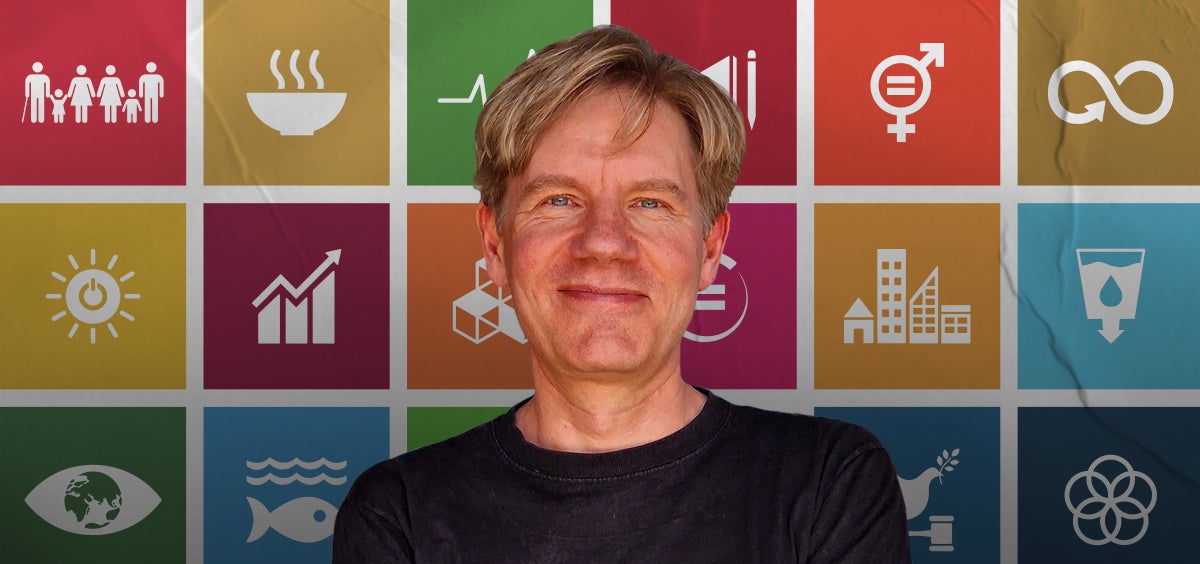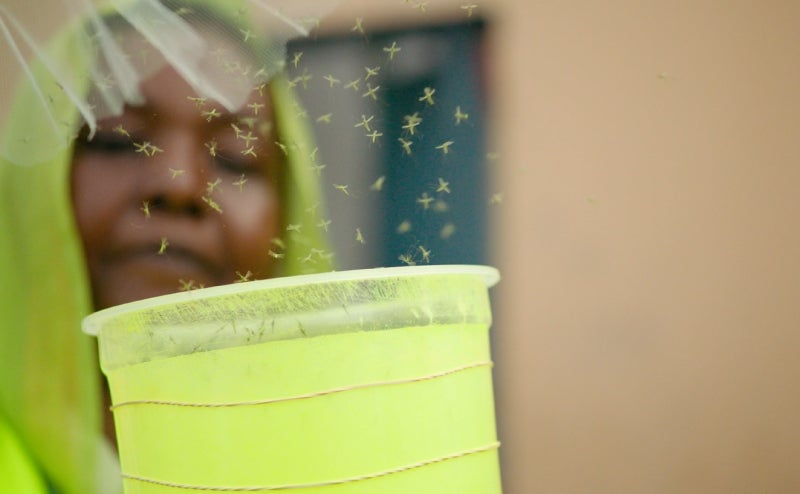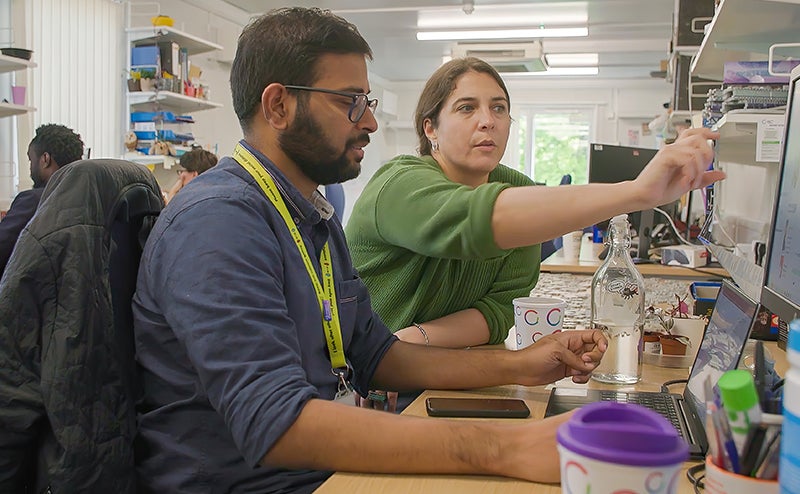Mosquitoes don’t practice social distancing. They don’t wear masks, either.
Bjorn Lomborg is an economist whose work I've been following for many years. Lately we've had some fascinating conversations about global health and development, which led us to write this post together.
The Global Goals are a phenomenal idea. They’re what happened when the U.N. came together and said: “Here are the world’s biggest problems, and here is how we’re going to measure progress on them.” The 17 goals include promises to end extreme poverty and hunger, fix climate change and education, and reduce inequality and corruption.
This year is the midpoint between the start of the goals, in 2016, and 2030, when they’re supposed to be accomplished—and while the goals have done a great deal of good, the world is falling short on nearly all of them. This is the perfect time to assess the Global Goals (also known as the Sustainable Development Goals), recognize what’s working, admit what isn’t working, and refine our approach so we can do the most good for the people most in need.
Let’s start with something that’s working very well. The beauty of the goals is that they forced the world to agree on what matters and on the measures of progress. These agreements, in turn, are driving action: Governments, foundations, and other funders have made strong commitments in aid and other forms of support for the world’s poorest, using the goals to guide where they spend the money. As the saying goes, “What gets measured gets managed.”
Here’s the problem: The Global Goals are too much of a good thing. The 17 commitments are accompanied by a huge number of targets—169, to be exact.
Having so many targets wouldn’t necessarily be an issue if the world were stepping up to fund all of them. But it’s not. Despite record commitments from donors, one report recently found that the funding for the goals will be short at least $10–$15 trillion each year for the rest of this decade. That’s roughly equivalent to all of the taxes collected by every government in the world.
This massive shortfall calls for a two-pronged approach. First: Do whatever is possible to shrink the gap. Donors need to meet and even exceed their commitments to meeting the goals. Although overall foreign aid went up in 2022 for the fourth straight year, most of this increase amounted to refugee and humanitarian aid required by Russia’s war on Ukraine. Assistance for the least well-off countries actually declined.
There are some notable exceptions. France, the Netherlands, the United States, and China have recently increased their funding for health in low-income countries. The Gates Foundation is on track to increase its total giving by 50 percent—to $9 billion a year by 2026—with a focus on health and development. We hope other funders follow suit.
Second, even as donors step up, all of us need to recognize that inflation and rising interest rates are stretching governments to the limit. The sad reality is that the world is not going to find $10 trillion more each year for the Global Goals. So we need to identify the best buys in development—the investments that will do the most good with the funding that’s available.
This does not need to involve guesswork. Thanks to decades of research into what works, we can use data to find the best interventions. For example, in a recent project led by Bjorn and featured in his new book, Best Things First, economists identified 12 highly efficient policies that deliver enormous benefits at relatively low costs.
They found that simple ways to improve the conditions around births can save the lives of 166,000 mothers and 1.2 million newborns each year, at less than $5 billion annually. And an additional $5.5 billion per year spent on agricultural research and development for the poor would reduce malnutrition, help farmers thrive in a warming climate, and drive down food costs—delivering long-term benefits worth $184 billion annually. Other recommendations include efforts to prevent tuberculosis and malaria, immunize more children, improve education, and strengthen land ownership rights.
In all, the project found that the 12 policies would save more than 4 million lives a year by 2030 and generate annual economic benefits worth $1.1 trillion for low- and lower-middle income countries. At a cost of about $35 billion per year (in 2023 dollars) between now and 2030, that’s a return of roughly 52 times the investment.
But the principles are even more important than any particular policies. First: Let’s recommit to funding work on the Global Goals, because it’s saving lives and helping people escape extreme poverty. And second: Let’s acknowledge that the need is greater than the available funding, which means we need to focus on the efforts that will have the most impact. With these principles in mind, we can make sure that the Global Goals accomplish the greatest good.





